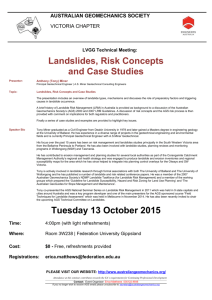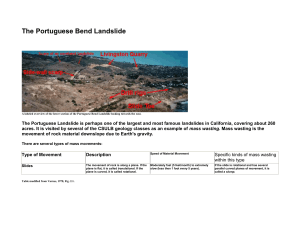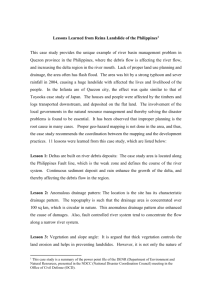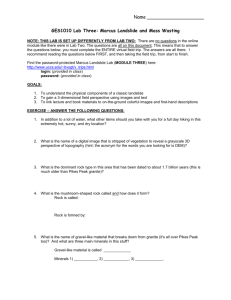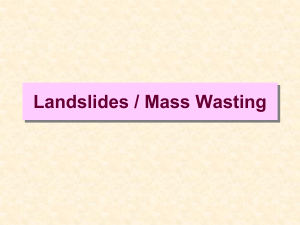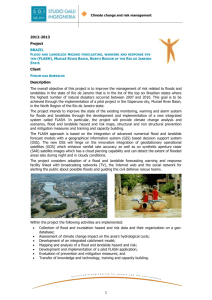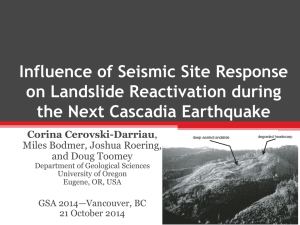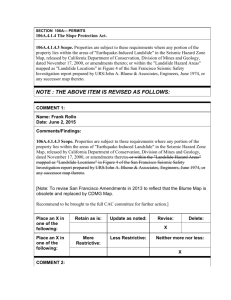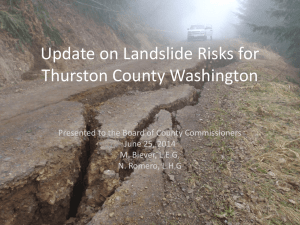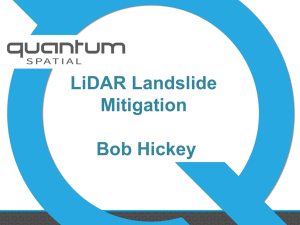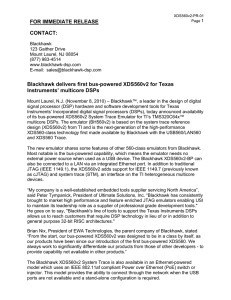click
advertisement
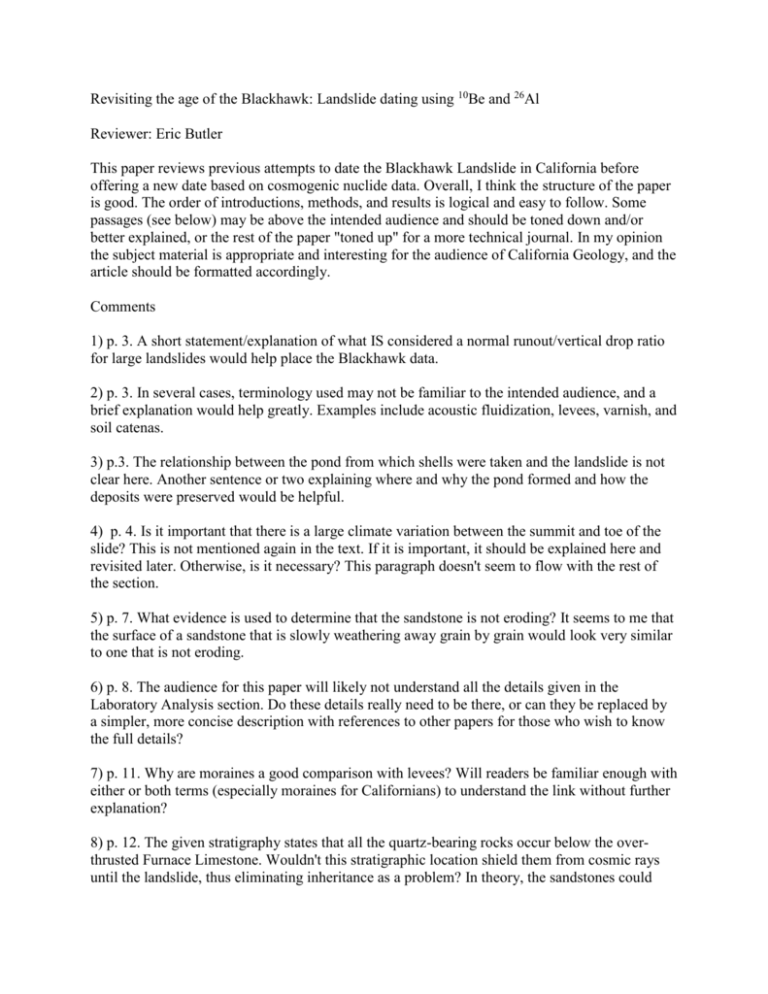
Revisiting the age of the Blackhawk: Landslide dating using 10Be and 26Al Reviewer: Eric Butler This paper reviews previous attempts to date the Blackhawk Landslide in California before offering a new date based on cosmogenic nuclide data. Overall, I think the structure of the paper is good. The order of introductions, methods, and results is logical and easy to follow. Some passages (see below) may be above the intended audience and should be toned down and/or better explained, or the rest of the paper "toned up" for a more technical journal. In my opinion the subject material is appropriate and interesting for the audience of California Geology, and the article should be formatted accordingly. Comments 1) p. 3. A short statement/explanation of what IS considered a normal runout/vertical drop ratio for large landslides would help place the Blackhawk data. 2) p. 3. In several cases, terminology used may not be familiar to the intended audience, and a brief explanation would help greatly. Examples include acoustic fluidization, levees, varnish, and soil catenas. 3) p.3. The relationship between the pond from which shells were taken and the landslide is not clear here. Another sentence or two explaining where and why the pond formed and how the deposits were preserved would be helpful. 4) p. 4. Is it important that there is a large climate variation between the summit and toe of the slide? This is not mentioned again in the text. If it is important, it should be explained here and revisited later. Otherwise, is it necessary? This paragraph doesn't seem to flow with the rest of the section. 5) p. 7. What evidence is used to determine that the sandstone is not eroding? It seems to me that the surface of a sandstone that is slowly weathering away grain by grain would look very similar to one that is not eroding. 6) p. 8. The audience for this paper will likely not understand all the details given in the Laboratory Analysis section. Do these details really need to be there, or can they be replaced by a simpler, more concise description with references to other papers for those who wish to know the full details? 7) p. 11. Why are moraines a good comparison with levees? Will readers be familiar enough with either or both terms (especially moraines for Californians) to understand the link without further explanation? 8) p. 12. The given stratigraphy states that all the quartz-bearing rocks occur below the overthrusted Furnace Limestone. Wouldn't this stratigraphic location shield them from cosmic rays until the landslide, thus eliminating inheritance as a problem? In theory, the sandstones could have accumulated nuclides during original transport and deposition of the sand, but the gneisses in particular should have no inheritance given their stratigraphic position. 9) p. 14. Some thoughts on the conclusion. A major question that occurs to me in reading this study is, simply put, "so what"? Is the interest in this landslide (and other prehistoric Californian slides) purely academic, or is there a broader application to understanding these phenomena? Will understanding this slide help us to work with modern slides? In an academic sense, how do the various possible ages for the Blackhawk compare to ages of other comparable Californian slides? Are there correlations, suggesting a very active period of time, or are these unrelated events? Can any paleoclimatologic or paleotectonic interpretations be made using these ages? And so forth… 10) abstract. Much of the current abstract focuses on explaining the previous dating methods attempted, which is not the focus of the paper and is discussed adequately in the introduction. The bulk of the abstract should be devoted to the work and results done by the authors.

